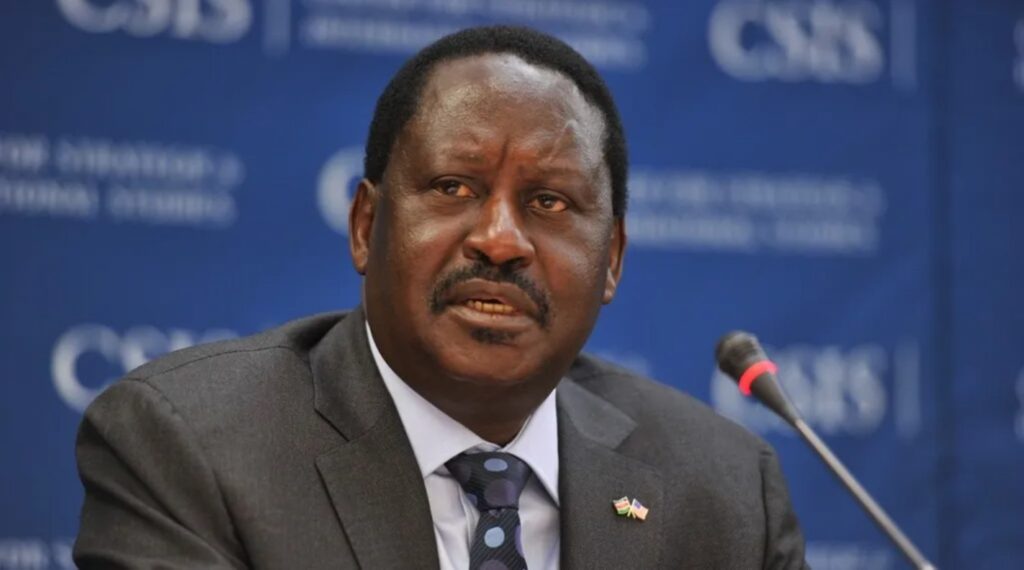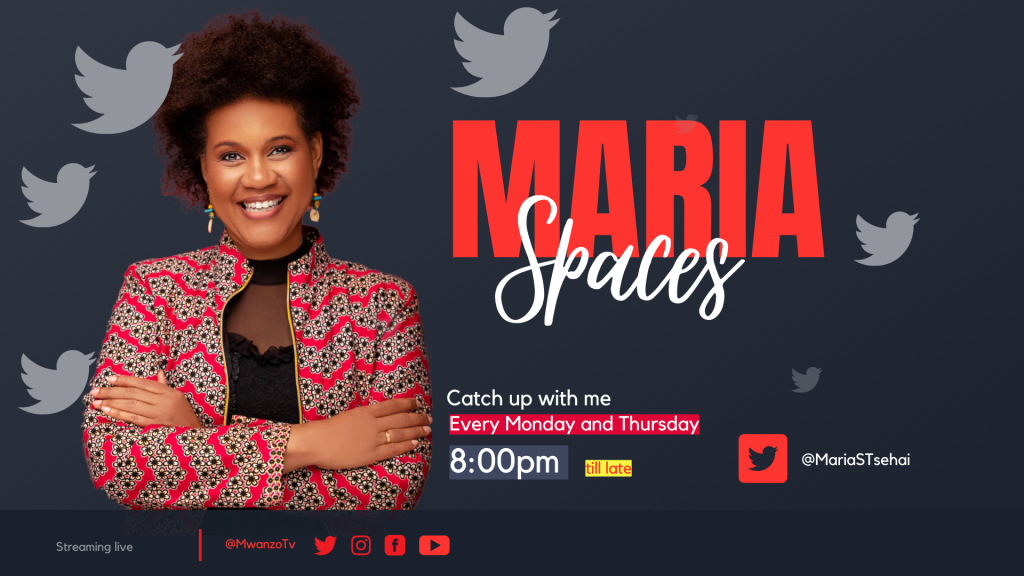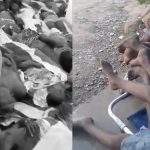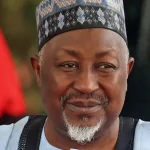
Raila Amolo Odinga referred to by many as ‘BABA´ is a key political figure in Kenya. He served as the Prime Minister of Kenya from 2008 to 2013 and is presumed as the Leader of Opposition in the country since 2013. He is the son of the first vice president of Kenya, Jaramogi Oginga Odinga and has eyed the presidential Position since 1997. Let’s have a look at where it all began…
Raila was working as the group standards manager of the Kenya Bureau of Standards (KEBS) when he was placed under house arrest after he was accused of collaborating with his father Oginga Odinga and others in the failed coup attempt against President Daniel arap Moi in 1982. He was later charged with treason and detained without trial for six years. Raila was released on 6 February 1988 only to be rearrested in September 1988 for his pro-democracy and human rights agitation at a time when the president had sole power over the country. He was released on 12 June 1989 but imprisoned again on 5 July 1990 together with Kenneth Matiba, and Charles Rubia over their fight for a Multi -Party system. At the time, KANU was the only ruling party in Kenya. When he was released on 21 June 1991, he fled the country to Norway after rumored assassination attempts against him.
In December 1991, President Daniel Arap Moi allowed for the restoration of multiparty government. Raila returned to The country in 1992 to join his fathers party Forum for the Restoration of Democracy – Kenya (FORD Kenya) and was elected Deputy Director of Elections. He later won the Lang’ata parliamentary seat, a position he held on to till he vied for presidency for the first time in 1997 but came in third behind Mwai Kibaki and the winner Daniel Arap Moi.
In a surprising move, Raila decided to support Moi and even entered into a political merger between his party, NDP, and Moi’s KANU party, forming the New KANU. He accepted a position in Moi’s cabinet as Energy Minister, serving from June 2001 to 2002 and was elected KANU’s Secretary General and it was alleged that he hoped to ascend into Presidency through KANU and with Moi’s support.
To his disappointment, in 2002, Moi endorsed Uhuru Kenyatta, son to Kenya’s first president as his successor. President Moi publicly asked Raila and others to support Uhuru as well. Many party members did not support this move as Uhuru was steal young in the game of politics and according to them, he had done very little to build the party. Even so, Moi stood his ground.
Raila Odinga led other KANU members to exit the party and formed the Rainbow Movement that joined the Liberal Democratic Party (LDP) and later merged with the opposition, Mwai Kibaki’s National Alliance Party of Kenya (NAK) to form the to form the National Rainbow Coalition (NARC). Raila led the campaigns that saw Kibaki win the 2002 elections, at a time when he was bedridden and incapacitated following an accident while on his way back to Nairobi from a campaign meeting.
It is believed that prior to this, Raila and Mwai Kibaki had signed a memorandum of understanding (MOU) in which Kibaki was to appoint Raila as Prime Minister in the new government and give Raila’s Party LDP half of the cabinet positions. Kibaki did not honor this and instead, wanted to establish and increase his own NAK’s side in cabinet, even appointing MPs from the opposition parties KANU and FORD people, to the cabinet.
This betrayal led to open rebellion that saw the push for a new constitution that saw the powers of the president reduced to a democratic level. Kibaki’s government however instituted a Constitutional Committee which submitted a draft constitution that was perceived to strengthen presidential powers and weaken regional governments. Raila opposed this and went on to campaign with LDP members in cabinet, pushing Kenyans to vote ‘NO’ against the government. He won, infuriating President Kibaki so much that he fired the whole cabinet on 23 November 2005! When the Cabinet was reinstated, Raila’s and his followers were out. This led to the birth of the Orange Democratic Movement (ODM) with Raila Odinga as head. However, ODM suffered a setback when it split into two, with Raila heading of the Orange Democratic Movement (ODM) and the other faction, ODM-K, being headed by Kalonzo Musyoka who parted ways with Raila.
ODM elected Raila as their presidential candidate on 1 September 2007 and he went on to launch his presidential campaign. He however ‘lost’ the bid when Kibaki was declared President for a second term with the Electoral placing him ahead of Odinga by about 232,000 votes. Raila and other ODM members rallied against this decision, there were demonstrations that the government tried to prevent using security forces and this let to post election violence that saw thousands lose their lives and hundreds of thousands displaced from their homes. Following two months of unrest, a deal between Raila and Kibaki, which provided for power-sharing and the creation of the post of Prime Minister, was signed in February 2008, brokered by former UN Secretary General Kofi Annan. Raila became the second Prime Minister of Kenya, a post previously and only once held by the first President of Kenya, Jomo Kenyatta.
Raila Odinga’s third attempt at presidency was in 2013 against rivals, Uhuru Kenyatta and William Ruto, who had both been indicted by the ICC of the Hague for their alleged role in the 2007 election violence. Elections were held on March 4th 2013 and Raila lost. He later petitioned at Kenya’s highest court, the Supreme Court, arguing that the election had been marred by massive failures of the Biometric Voter Registration kits and transition systems. During the Petition hearing, Chief Justice Willy Mutunga made a finding rejecting second affidavit of Odinga which comprised 900 pages, on the basis that it amounted to “new evidence” which is not permitted under the Constitution. The Supreme Court issued a ruling dismissing the petition on 30 March 2013 and declared Uhuru the next President. It however called for investigations to be carried out on the Independent Electoral and Boundaries Commission (IEBC).
Raila Odinga flew to South Africa to avoid attending the Inauguration of Uhuru Kenyatta, held on 9 April 2013 at Moi Sports Complex at Kasarani, Nairobi.
In 2017, Raila once again attempted and once again lost to Uhuru Kenyatta and his running mate William Ruto. He petitioned against the presidential results at the Supreme court and the matter this time was presided over by a different Chief Justice, David Maraga and his bench of five. After 2 days of hearing, the judges in a majority 4–2 decision returned a verdict on 1 September annulling the presidential results and ordered a new election to be held within 60 days. The court decision held that the IEBC failed to conduct the election in the manner provided by the Constitution and so could not stand.
Despite the Supreme Court ruling, Raila announced his withdrawal from the Presidential election, scheduled for 26 October, on grounds that the election would again not be free or fair since no electoral process reforms had been made since the annulment of the last election. He went on to stage a swearing in ceremony in Nairobi where he named himself ‘People’s President’. A month and a half later, on 9 March, Odinga and president Uhuru Kenyatta made a joint televised appearance in which they agreed to put aside political differences to allow Kenya to move forward. This is where the ’handshake’ was born.
The efforts by President Kenyatta and Raila to bring peace and cohesion in the country were applauded by several leaders locally and internationally with the duo being invited to the International Lunch in Washington DC, USA in February 2020.
The truce remained solid till Raila announced his presidential bid for the fifth time on 10 Dec 2021, this time with the Support of President Kenyatta. Will he emerge victorious this time?
Below is a video documenting his full political journey…






